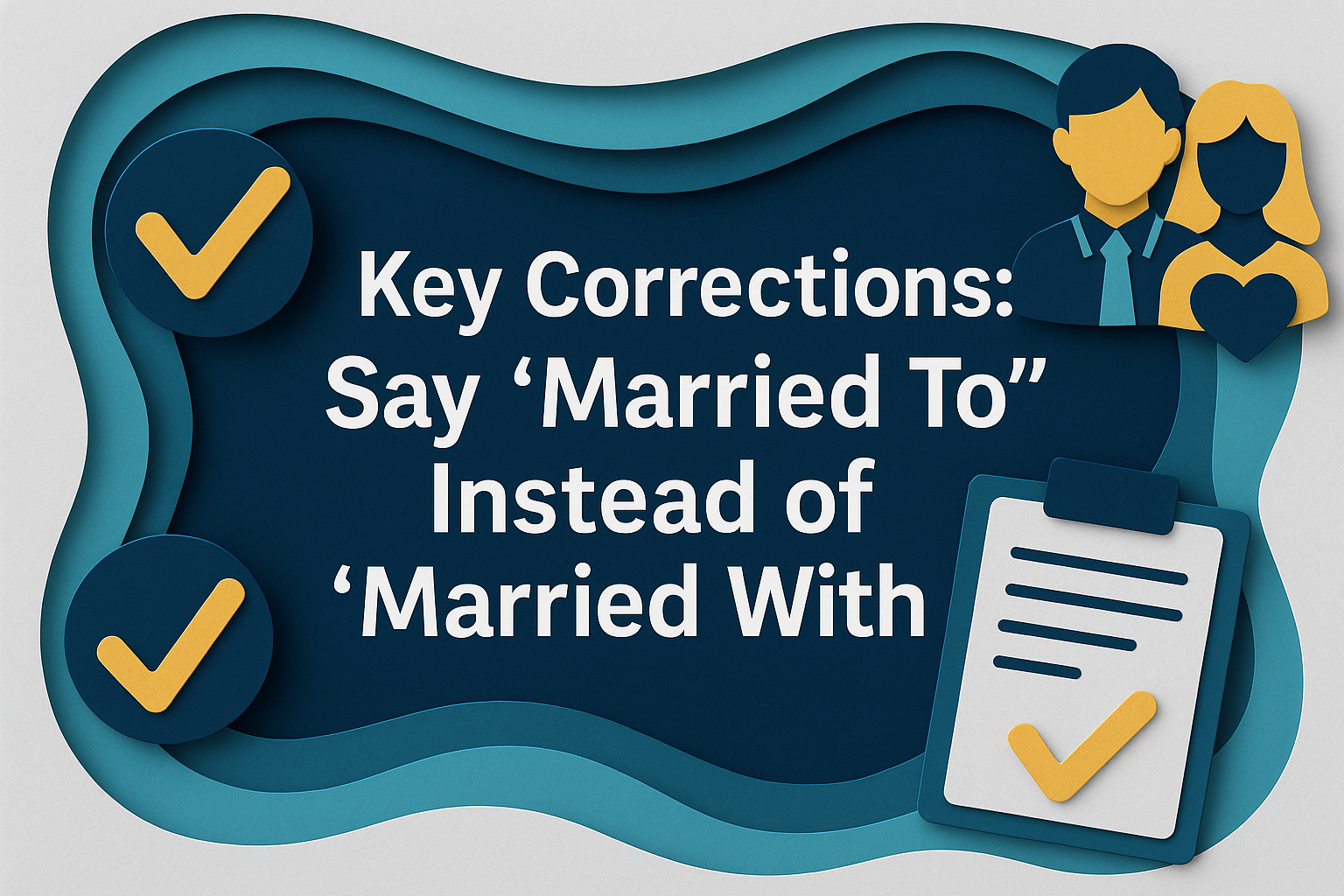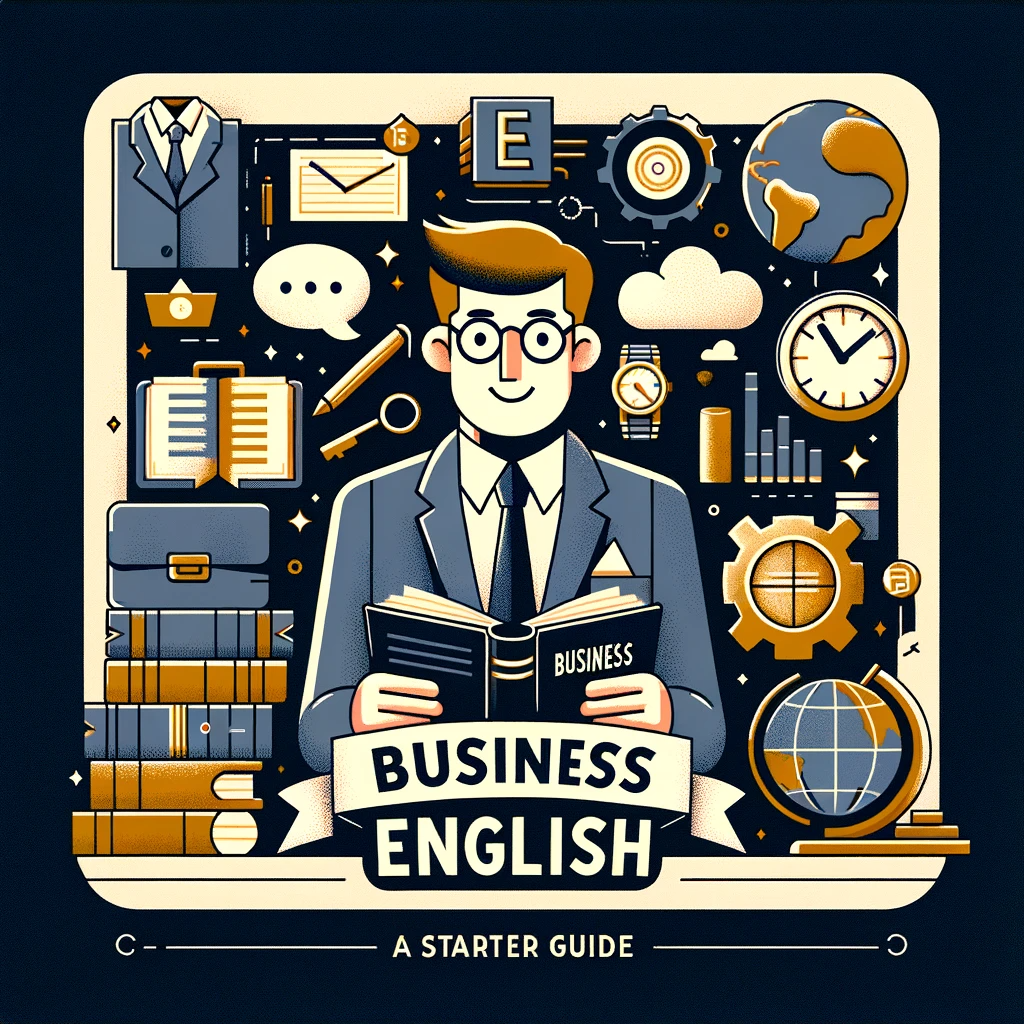Master the Difference: How to Use “Married To” Correctly 💍
Intermediate Level | November 26, 2025
혼자서 기사를 소리 내어 읽거나 튜터를 따라 각 단락을 반복해서 읽으세요. 레벨...
If you’ve ever said “married with” when you really meant “married to,” you’re definitely not alone. This tiny grammar mistake is extremely common among English learners—especially in Korea and Taiwan—because it feels natural in other languages. But in English, the correct expression is always “married to,” and knowing the difference helps you sound clear, confident, and professional.
Today, let’s walk through why this is correct, when to use it, and how to avoid one of the most common grammar slips even advanced learners make.
How to Use Married To
Before we explore the details, let’s look at how to use married to in everyday sentences. This phrase is essential for describing your relationship clearly.
Why We Say “Married To”
In English, the verb married shows a relationship connecting one person to another. That’s why we use to—it expresses connection, not possession. When you say, “I’m married to Ji-won,” you’re describing who your partner is, not what you have.
English learners often say “married with” because they hear phrases like “married with two kids.” This is correct, but it has a completely different meaning. In this case, “with” describes what you have together—not who you married.
“Married To” vs. “Married With”
Imagine introducing a coworker at a company dinner. If you say, “She’s married with Daniel,” it sounds like she’s married together with Daniel to someone else—which definitely isn’t what you want to say. But “She’s married to Daniel” is clear and grammatically perfect.
When “Married With” Is Correct
Now, here’s where the confusion comes in. “Married with” is correct when you’re talking about additional details like children. For example:
- “They’re married with three kids.”
- “She’s married with twins.”
The key point? Use “to” for the partner. Use “with” for the details.
Practical Tips to Break the Habit
Busy professionals often fall into old speaking habits, especially in high-pressure moments like meetings or networking events. To fix this quickly, try this simple exercise: every time you talk about relationships in English this week, say the full sentence out loud using “married to.” You’ll be surprised how fast your brain rewires.
Using this rule correctly—and understanding how to use married to in different situations—can make you sound more natural and more confident—especially when talking about yourself or your colleagues.
Vocabulary List
- Partner (noun) — A person you are in a relationship with.
Example: My partner works in marketing. - Expression (noun) — A phrase or way of saying something.
Example: This expression is common in English. - Connection (noun) — A link or relationship between people or things.
Example: Marriage shows a connection between two people. - Possession (noun) — Something you own.
Example: Marriage isn’t described as a possession in English. - Detail (noun) — A small piece of information.
Example: “With two kids” is a detail in the sentence. - Habit (noun) — Something you do repeatedly.
Example: She has a habit of translating directly from Korean. - Rewire (verb) — To change the way you think about something.
Example: Practice helps you rewire your speaking patterns. - Introduce (verb) — To present someone to others.
Example: Let me introduce my colleague. - Natural (adjective) — Sounding normal and fluent.
Example: “Married to” sounds natural in English. - Confident (adjective) — Feeling sure of yourself.
Example: He sounded confident during the presentation.
5 Questions About the Article
- Why is “married to” the correct form in English?
- What is the meaning of “married with” when it’s used correctly?
- What mistake might someone make when introducing a coworker?
- How can you practice breaking the “married with” habit?
- Why does this small correction matter for professionals?
5 Open-Ended Discussion Questions
- Have you ever accidentally used “married with”? When?
- Why do you think this mistake is so common in Asia?
- How does understanding small grammar points improve confidence?
- What other expression pairs confuse you in English?
- How can you build better grammar habits during daily conversation?
📢 Want more tips like this? 👉 Sign up for the All About English Mastery Newsletter! Click here to join us!
Want to finally Master English but don’t have the time? Mastering English for Busy Professionals is the course for you! Check it out now!
Follow our YouTube Channel @All_About_English for more great insights and tips!



